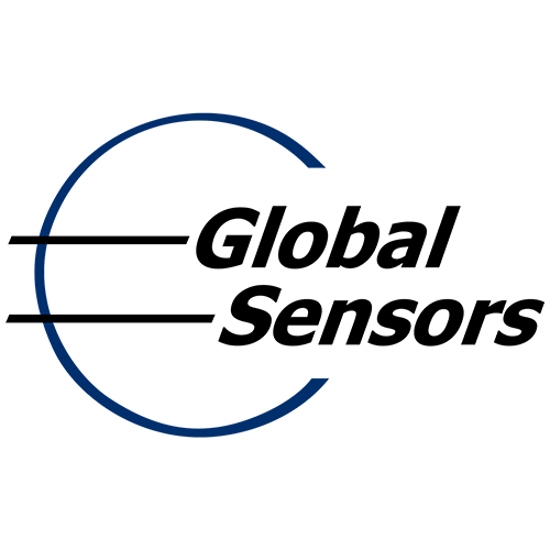Is your bleach solution getting the job done?

Everyone is familiar with bleach. We all trust that bleach will remove stains and sanitize whatever we use it on. That is true as long as the solution has the proper concentration. You can’t tell either by smelling (yuk!) or looking. The only professional solution is to test it with test strips as the solutions are prepared.
Chlorine test strips from Global Sensors are effective and affordable. We sell kits of 5 dispensers and refill packages to recharge a set of 5 dispensers.
Simple Procedure
- Remove the foil covering the paper roll in the plastic roll holder
- Place the roll back in the dispenser so that you can tear off strips of the paper for testing
- Use the bleach mixing guidelines below to mix your bleach solution
- TEST to make sure that the solution is strong enough to sanitize
- Make sure that your bleach solutions is between 100 and 200 PPM using the color reference chart.
- If the solution is is below 100, add more bleach
- If the solution is obviously above 200 add less bleach
Why Use Test Strips?
The answer is simple: you don’t always get bleach solutions of the right strength, even if you follow mixing instructions. What causes this? Sometimes water used for bleach preparation contains natural chemicals that work to weaken the bleach and sometimes the bleach itself has lost strength. If you use bleach that is too weak, you are not killing bacteria!
| Health inspectors look for chlorine solutions to have a minimum of 50 PPM concentration of chlorine. Best practice requires 100 PPM. Either level can be confirmed by test strips.
Chlorine solutions are generally corrosive with long term usage on equipment, and may damage plastic and rubber parts with continued usage. Using proper concentrations minimizes these effects. |
How to Mix and Use Bleach Solutions
Normally, one tablespoon ( = 15 milliliters = 0.5 liquid ounce) of concentrated bleach per gallon of water at normal room temperature is considered to be the equivalent of 200 PPM. This is the standard for cleaning food preparation surfaces. Cleaning equipment requires a higher concentration than utensil rinse or treatment of food preparation equipment

As you can see in these simplified instructions, there are some constant procedures.
(1) The temperature has to be right (hotter temperatures decrease the effectiveness of bleach solutions)
(2) The time of exposure has to be at least one minute for a bacterial kill.
(3) And perhaps most important, the concentration of chlorine MUST BE ADEQUATE.
Here is a guideline for mixing bleach solutions:
| Sanitizing Activity | Ratio | Should Test to Minimum PPM | If Low / If High |
| Pots, Pans, Dishes and Utensils | 2 ounces/ 5 gallons (~0.3%) | 50-100 PPM | Add Bleach/Add Water |
| Food Contact Surfaces | 1.5 ounces/ 3 gallons (~0.4%) | 100 PPM | Add Bleach/Add Water |
| Food Processing Equipment | 3.5 ounces/ 3 gallons (~1%) |
200 PPM | Add Bleach/Add Water |


